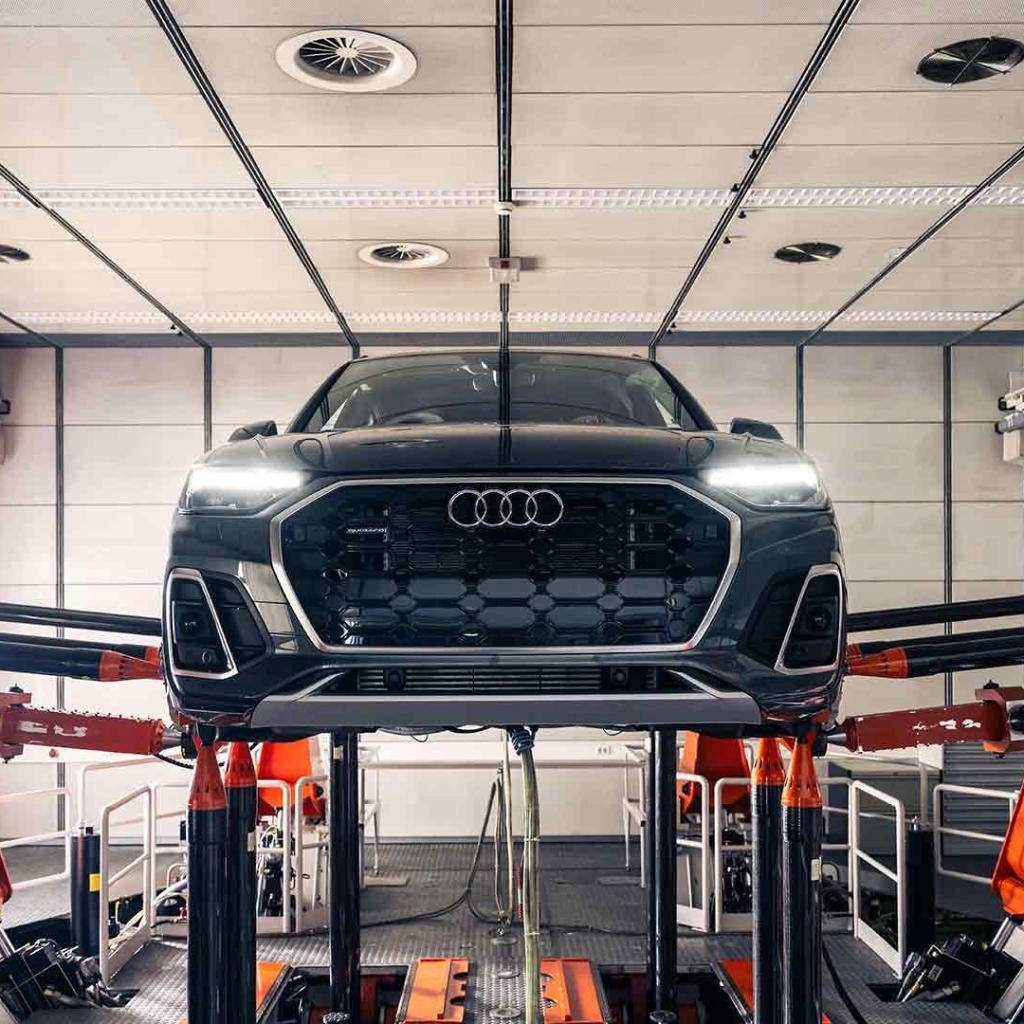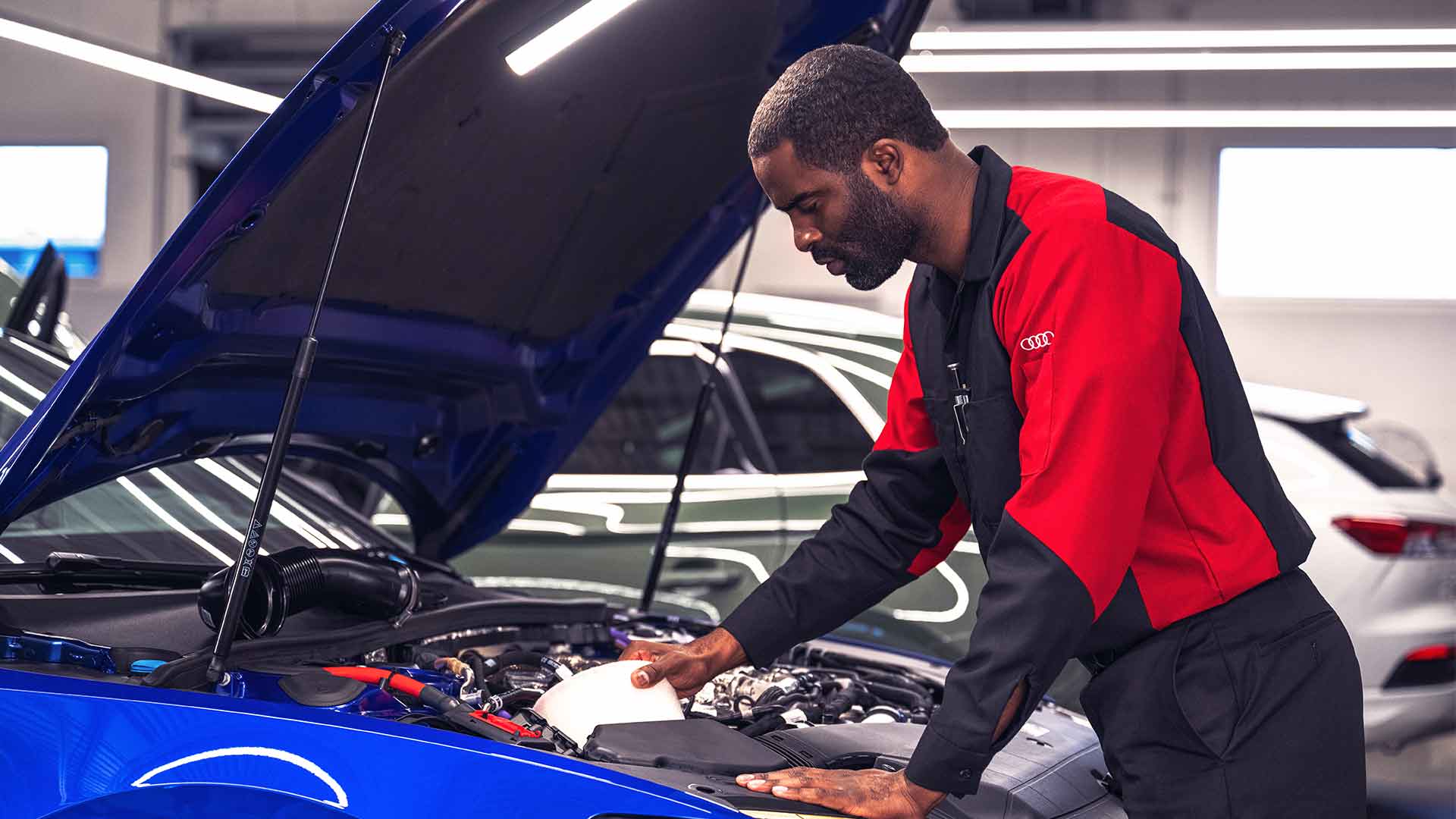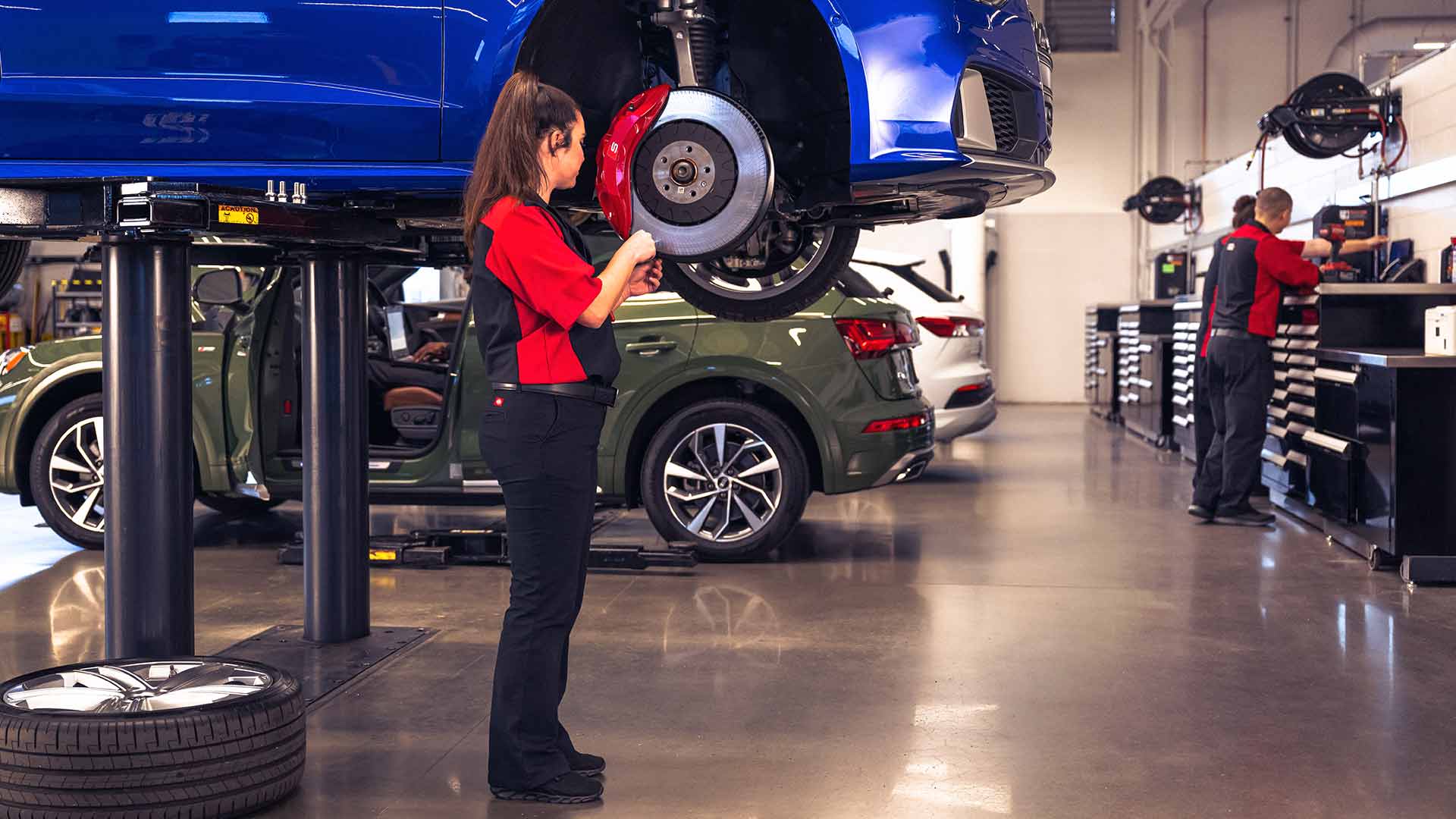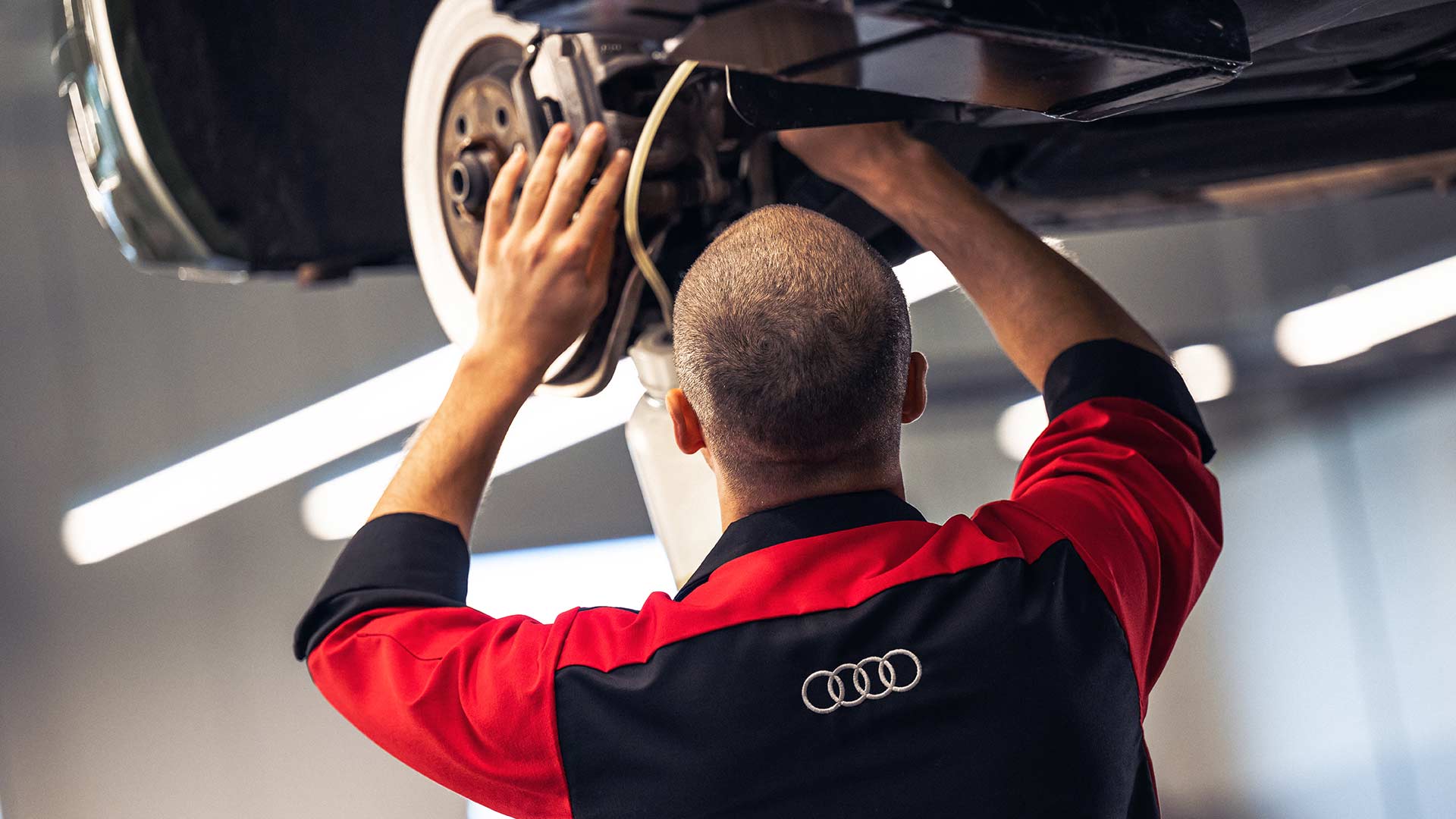
Audi Service Center
Audi Service Center
Contact Our Audi Service Center Today!
Your Audi deserves attention from specialists who understand every detail. Audi St. Paul near St. Paul, Maplewood, and Woodbury, MN, is here to ensure your vehicle remains as exceptional as the day you first drove it. Schedule an appointment today, or reach out to our service team for answers about maintenance, repairs, or tires.
Hours of Operation
Monday: 8:30am-7:00pm
Tuesday: 8:30am-7:00pm
Wednesday: 8:30am-7:00pm
Thursday: 8:30am-7:00pm
Friday: 8:30am-6:00pm
Saturday: 9:00am-5:00pm
Sunday: Closed
Monday: 7:00am-6:00pm
Tuesday: 7:00am-6:00pm
Wednesday: 7:00am-6:00pm
Thursday: 7:00am-6:00pm
Friday: 7:00am-6:00pm
Saturday: Closed
Sunday: Closed
Monday: 7:00am-6:00pm
Tuesday: 7:00am-6:00pm
Wednesday: 7:00am-6:00pm
Thursday: 7:00am-6:00pm
Friday: 7:00am-6:00pm
Saturday: Closed
Sunday: Closed


